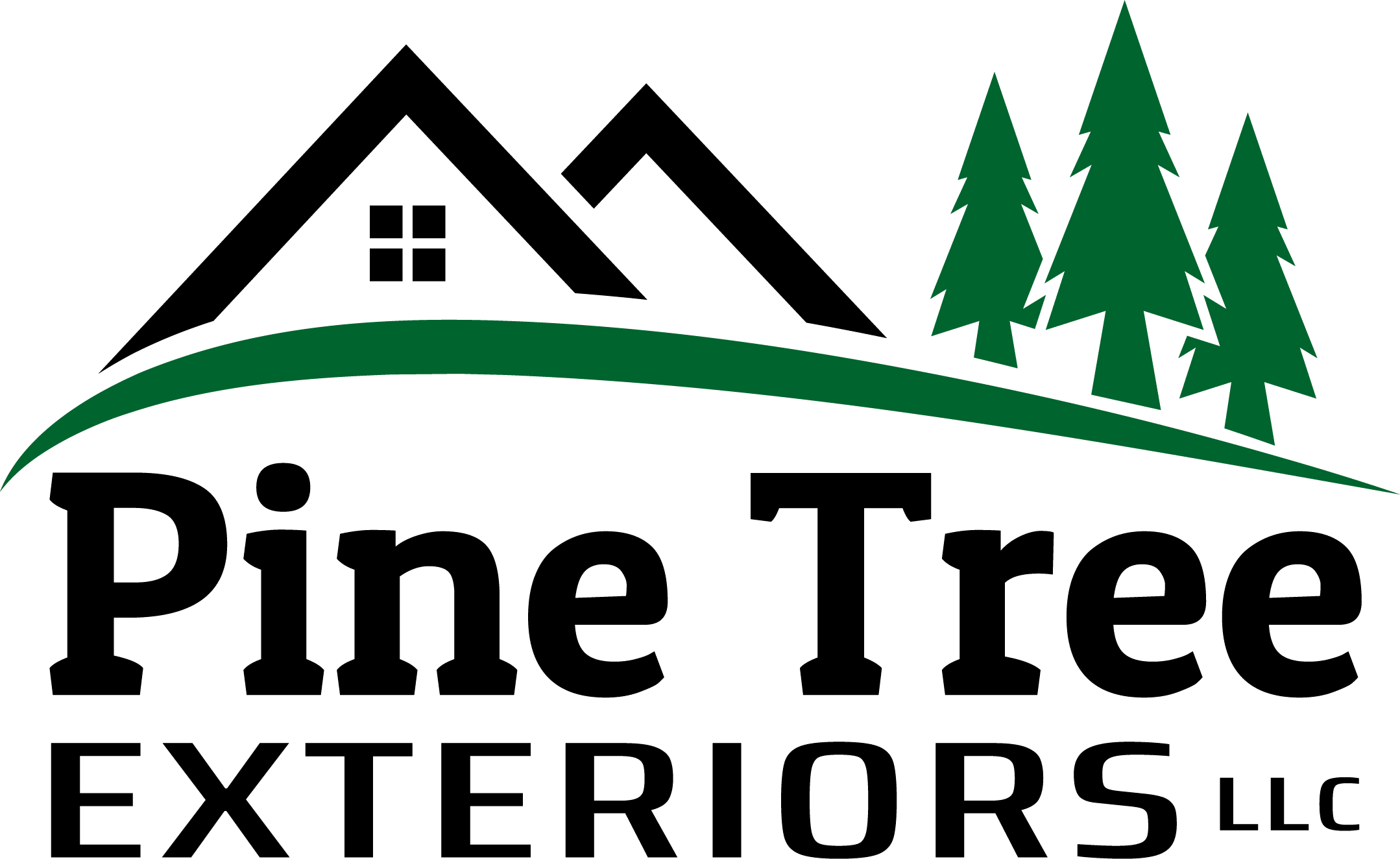Roofing underlayment is essential to any roofing system, providing a crucial layer of protection against the elements. Its role goes beyond just serving as a barrier; it can significantly impact the longevity and durability of your roof. Understanding the intricate ways underlayment safeguards your home can shed light on the often overlooked but vital aspect of roofing. Let’s explore how this seemingly simple layer can make a world of difference in the safety and security of your abode. Working with a professional roofer can ensure that the underlayment is installed correctly and that suitable materials are chosen for your specific climate and roofing needs, enhancing the overall effectiveness of your roof’s protection.
Importance of Roofing Underlayment
Roofing underlayment is crucial in safeguarding homes against water infiltration and enhancing overall roof durability. By providing an additional layer of protection between the roofing material and the roof deck, underlayment acts as a barrier against moisture, wind-driven rain, and other environmental elements. Cost-effective solutions in underlayment materials offer homeowners a way to reinforce their roofs without breaking the bank. Weather resistance techniques integrated into modern underlayment products ensure roofs remain intact despite harsh weather conditions. Investing in high-quality underlayment prolongs the roof’s life and reduces the risk of water damage and leaks, ultimately contributing to the home’s long-term structural integrity.
Types of Roofing Underlayment
With various materials and technologies available in the market, selecting appropriate roofing underlayment types is critical to ensuring the long-term protection and integrity of a home’s roof. When choosing roofing underlayment, consider the following:
1. Underlayment Materials: Options include asphalt-saturated felt, rubberized asphalt, synthetic materials like polyethylene, and specialized products like self-adhering membranes.
2. Underlayment Thicknesses: Thicknesses typically range from 15 to 50 mils, with thicker underlayments providing enhanced durability and protection against moisture.
3. Specialized Underlayment Products: Some underlayments are designed for specific climates or conditions, such as high-temperature areas or regions prone to ice dams.
Carefully selecting the appropriate type based on the roof’s specific requirements can significantly impact its longevity and performance.
Benefits of Using Underlayment
Underlayment in roofing installations enhances structural integrity and safeguards against potential water damage. One of the key benefits of underlayment is its weather resistance, providing an additional layer of protection against harsh elements such as rain, snow, and wind. This extra barrier helps prevent water infiltration, reducing the risk of leaks and moisture-related issues within the roof structure. Furthermore, underlayment contributes to the roof’s longevity by acting as a shield against environmental factors that can degrade roofing materials over time. By enhancing the durability of the roof covering, underlayment plays a crucial role in extending the lifespan of the entire roofing system, making it a valuable investment for homeowners seeking long-term protection.
Installation Process and Best Practices
When considering the installation process and best practices for roofing underlayment, it is imperative to adhere to industry standards to ensure optimal protection and longevity for the roof structure. Proper installation not only enhances the roof’s durability but also helps maintain the integrity of the entire roofing system. Here are some key points to consider:
1. Weatherproofing techniques: Implementing effective weatherproofing methods during underlayment installation is crucial to prevent water infiltration and damage.
2. Waterproof barrier installation: Ensuring a seamless and correctly installed waterproof barrier beneath the roofing materials is essential for safeguarding the roof from moisture penetration.
3. Adhering to manufacturer guidelines: Following the manufacturer’s instructions for underlayment installation guarantees that the product performs as intended and provides the necessary protection.
Maintenance Tips for Underlayment
Regular inspection and maintenance routines are essential to ensure roofing underlayment’s optimal performance and longevity. By conducting periodic checks, homeowners can promptly identify and address common issues such as tears, punctures, or water damage. Repair techniques for underlayment may vary based on the material used, with asphalt-saturated felt requiring different approaches than synthetic underlayment. When repairing underlayment, following manufacturer guidelines and ensuring proper adhesion to the roof deck is crucial. Additionally, maintaining clean gutters and ensuring proper ventilation in the attic can help prevent moisture buildup, which can compromise the underlayment’s effectiveness. By staying proactive and addressing maintenance needs promptly, homeowners can extend the lifespan of their roofing underlayment and protect their home from potential water damage.





